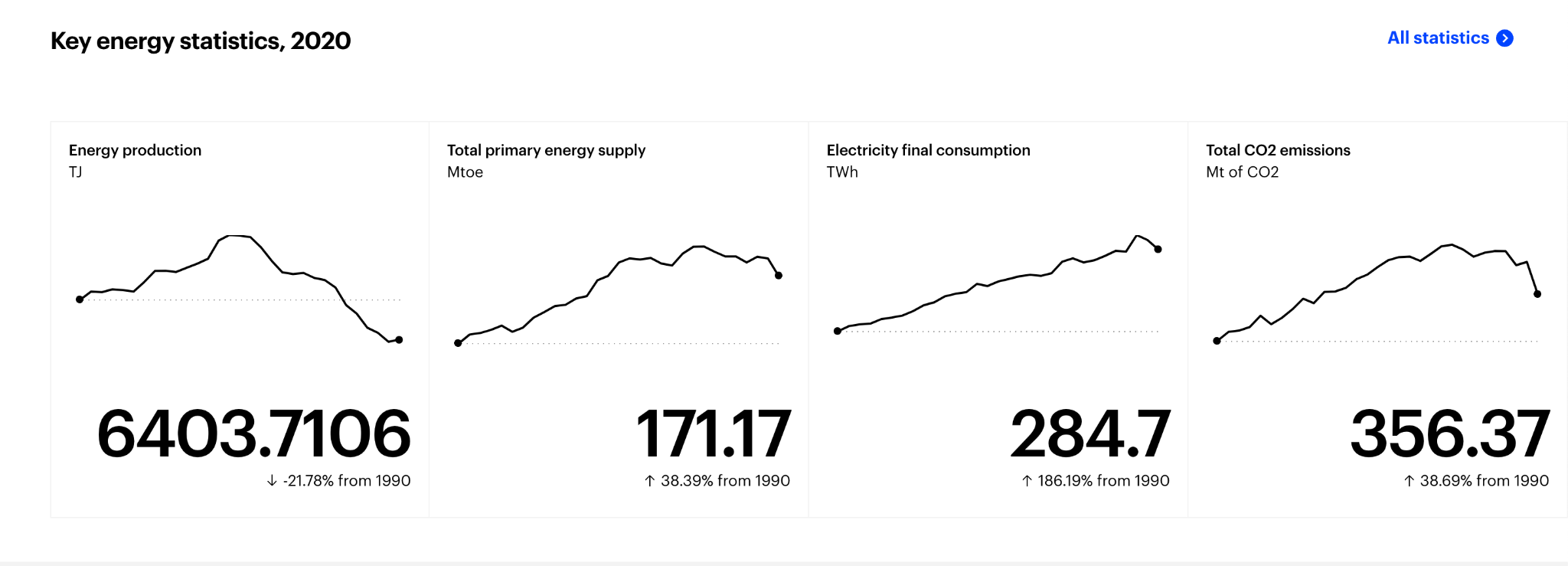ABOUT MEXICO
F&D Partners stands at the forefront of empowering businesses
to navigate the intricacies of Canada’s energy market and
secure optimal supply prices. With a rich history, Canada has
become a key player in the global energy landscape, boasting
abundant reserves across 11 provinces and territories.
Understanding the dynamics of an energy bill is crucial for
businesses seeking cost-effective solutions.
Let's get in touch
An overview of Mexico’s energy landscape
Mexico’s population is projected to reach close to 150 million by the year 2050, a substantial increase from the current 127 million. This population growth, coupled with enhanced productivity, is anticipated to drive economic expansion. Consequently, the demand for energy is poised to experience a significant upswing.
The energy landscape in Mexico is predominantly characterized by the presence of oil and gas resources, with oil accounting for nearly half of the total energy mix. Notably, Mexico has witnessed rapid growth in its electricity sector, with demand steadily rising at an average rate of 1.6% per year since 2000. Natural gas plays a pivotal role as the primary source for electricity generation, with a substantial portion being imported from the United States, benefiting from favorable North American gas prices. In 2022, it constituted nearly 55% of the country’s total power output. Following natural gas, oil and other petroleum products contributed 13.5% to the overall power production for that year.
The generation of power from renewable sources is on a remarkable upswing, driven by established targets and support for clean energy, in addition to the exceptional wind and solar resources available. Conversely, the use of oil for electricity has witnessed a significant decline over the past 15 years, though it remains higher than in many other countries associated with the International Energy Agency (IEA). Mexico has achieved a commendable electricity access rate, with 98.7% of the population having reliable access. However, the challenge lies in connecting the remaining remote areas. Importantly, efficiency gains in Mexico since 2000 have led to a 2% reduction in coal and gas imports and have prevented the emission of 12 million metric tons of CO2-equivalents.

How does energy procurement work?
Unleash the power of savings by taking control of your energy expenses, which consist of two key components: Supply charges and Delivery charges. While the Local Utility holds a monopoly on delivery charges, the supply segment operates in a dynamic, deregulated market. Seize the opportunity to maximize your savings with F&D Partners, as we specialize in securing the most competitive supply prices available.
